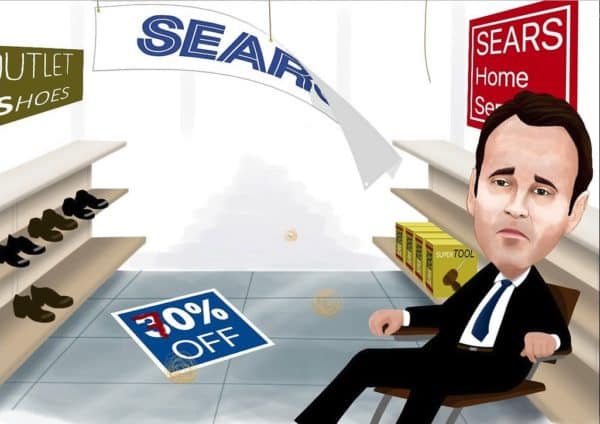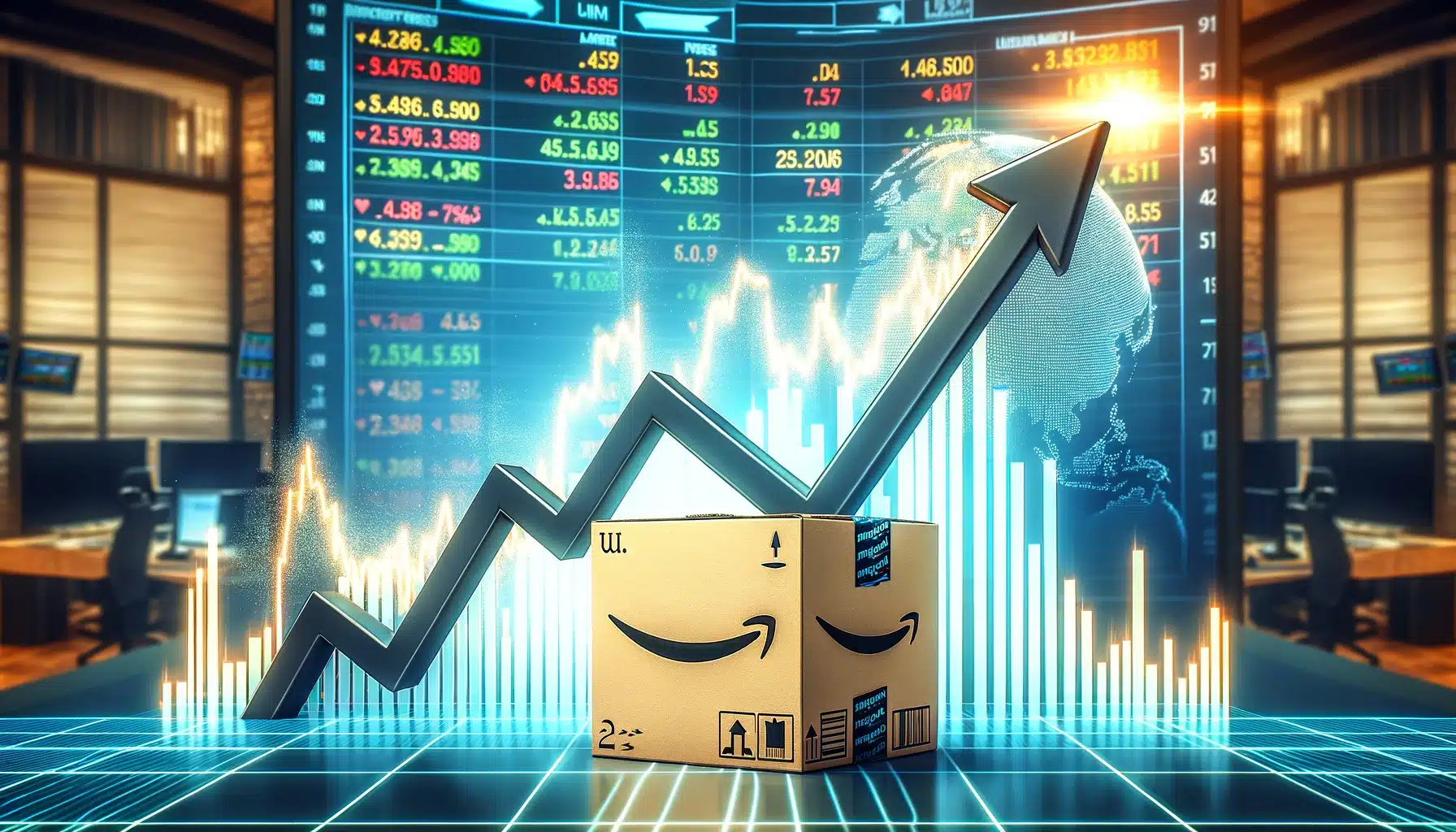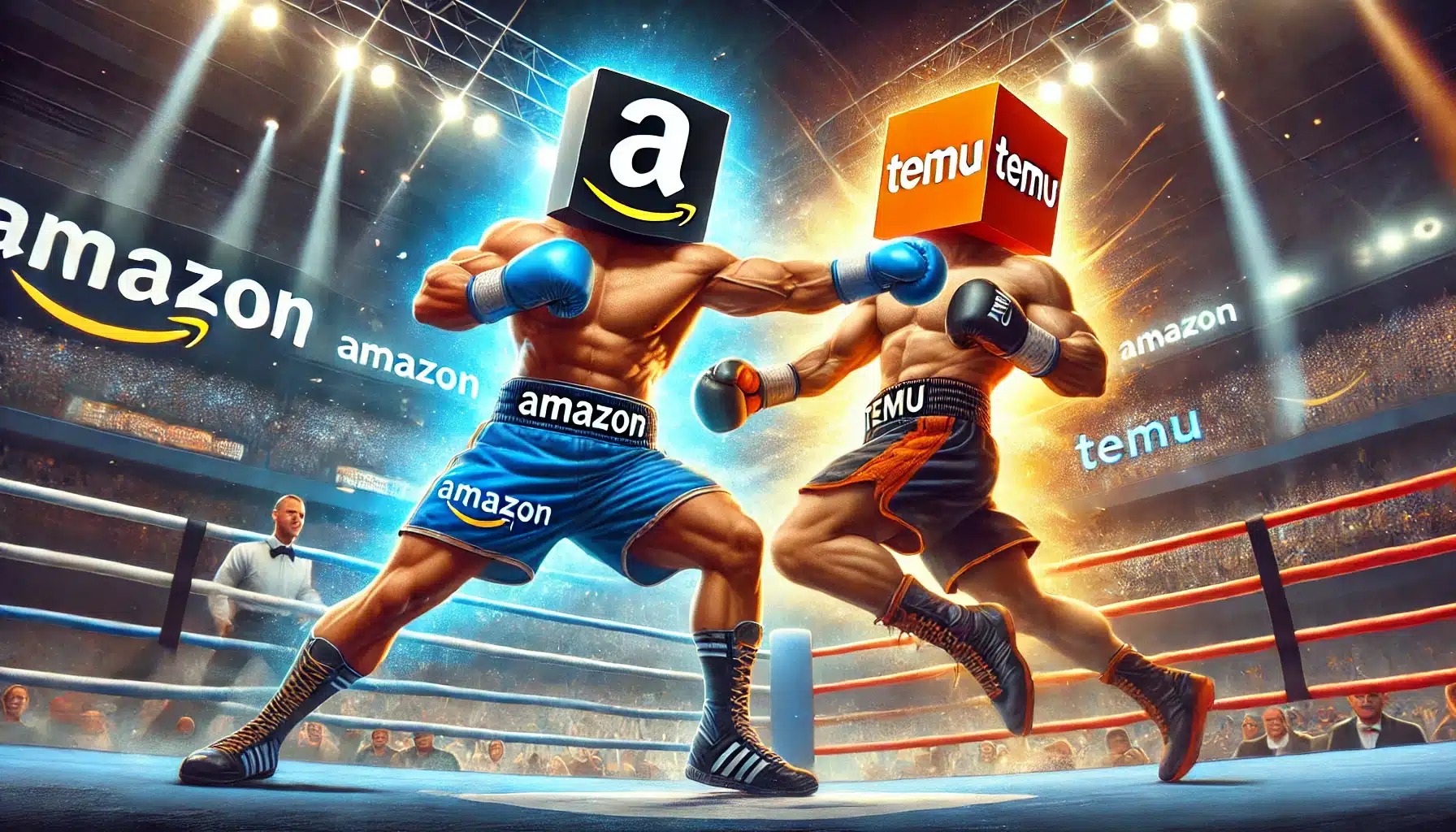Sears was killed by Eddie Lampert not Amazon, this expert says

 Bleeding money and overcome by massive debt, Sears Holdings in the United States has filed for Chapter 11 bankruptcy protection, marking another disappointing turn for the once-dominant department store whose downfall alludes to an inability to thrive in today’s more competitive —and increasingly online— retail environment. But don’t blame Sears’ demise on Amazon, says industry consultant Mark Satov, who argues that Sears’ now former CEO Eddie Lampert never gave his company a chance.
Bleeding money and overcome by massive debt, Sears Holdings in the United States has filed for Chapter 11 bankruptcy protection, marking another disappointing turn for the once-dominant department store whose downfall alludes to an inability to thrive in today’s more competitive —and increasingly online— retail environment. But don’t blame Sears’ demise on Amazon, says industry consultant Mark Satov, who argues that Sears’ now former CEO Eddie Lampert never gave his company a chance.
Less than a year after spin-off company Sears Canada shut its doors, Sears Holdings in the US announced on Monday that it will be closing 142 of its unprofitable stores across the country while leaving over 500 more whose future is now in serious jeopardy. In an email to employees, Lampert wrote of his decision to step down as CEO while staying on as board chair, describing his company’s plight as due to “a difficult retail environment, unsatisfactory operating performance and legacy liabilities impacted by historically low interest rates.”
That may be, says Satov, but Lampert himself is just as much to blame.
“Eddie Lampert did a lot more to kill this company than [Amazon CEO] Jeff Bezos,” says Satov, founder of SATOV Consultants, to BNN Bloomberg Monday. “In my opinion, he bought it, it was a financial transaction for him. He and his hedge fund probably did really well. They sold off real estate, they took the cash from the real estate and they didn’t reinvest it. We had Sears CEOs in Canada who wanted to do stuff with it, with the brand.”
“I can’t tell you that the Internet was not a humongous pressure and I can’t tell you that Walmart is not a behemoth —so, for sure, the game is harder. But you’ve got to play the game to even have a chance of winning and my view is that they just have not been playing the game for a long time,” says Satov. “I think that if you look at the returns of the hedge fund, I think that they’re probably quite strong.”
Lampert has a controlling ownership stake in Sears, holding 31 per cent of its shares outstanding, while his hedge fund ESL Investments owns another 19 per cent. As of Monday, Sears has received a US$300 million loan from investment banks, while ESL is said to be negotiating a US$300 million debtor-in-possession loan to support the company as it moves through bankruptcy.
Satov says Sears didn’t make good use of its strengths gained over decades of customer loyalty.
“They had a lot of advantages. They started Allstate, they had Craftsman, they had Kenmore, they had a gigantic credit card portfolio. When people talk today about retail and how you need things around just a retail box to make yourself successful, well they had all of those things,” he says. “It’s not certain that they would have made it had they invested but I don’t think we’ll really ever know because they didn’t invest.”
Satov says it’s unclear what comes next for Sears, its brands and stores.
“The trouble with a middle-of-the-road retailer is the size that they have. If somebody comes along and really wants to make a play, they would say, ‘What is left that I can use? Are these brands something that’s great? Is this location well-placed, do they happen to have a community around them where they are the only option?’ I think it’ll be interesting to see,” he says.



